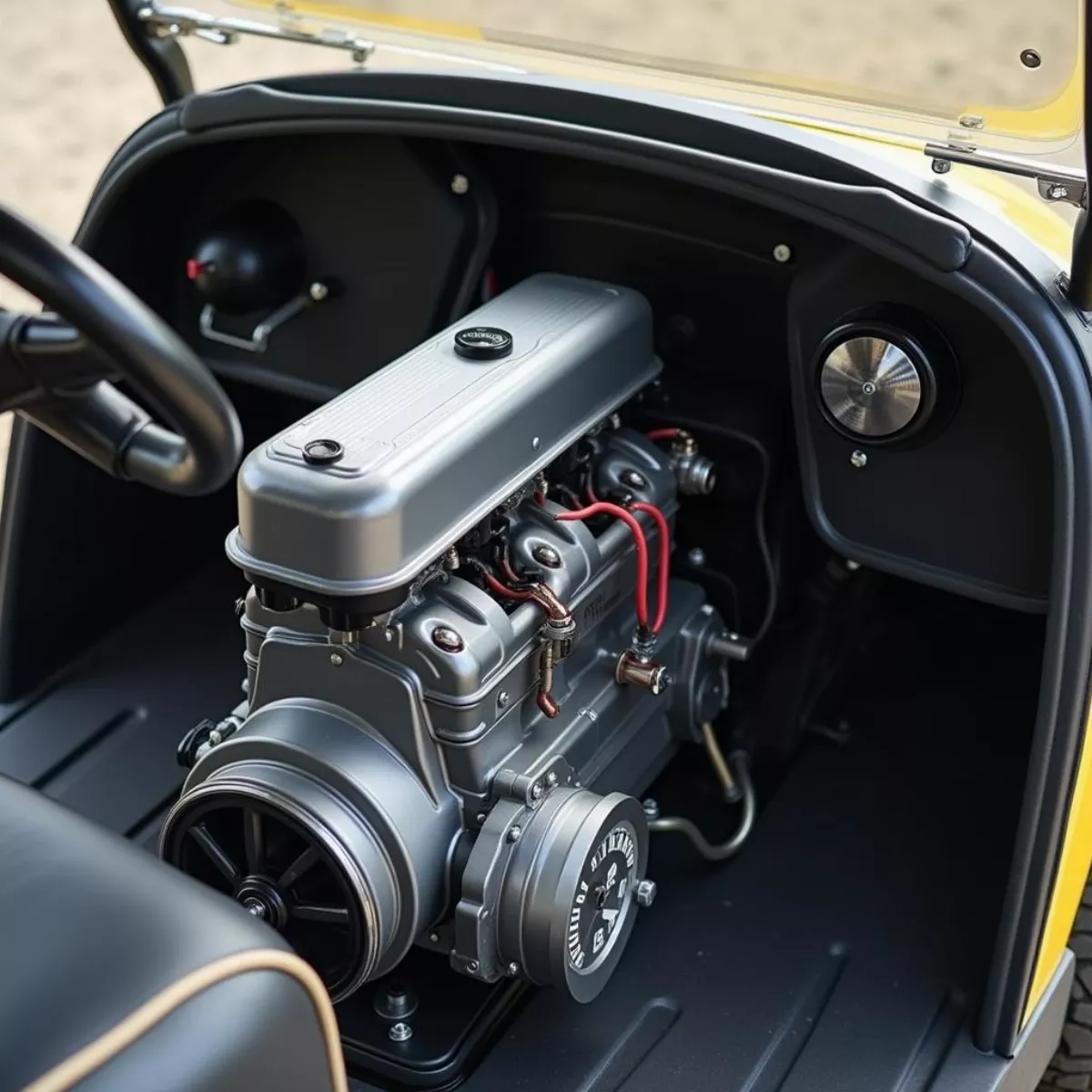Golf carts are a convenient way to navigate around golf courses, neighborhoods, and resorts, but sometimes they just don’t provide the speed you need. If you’ve ever felt like your golf cart could perform a little better, you might be considering removing the governor. This article serves as a friendly and informative guide to help you safely and effectively adjust your golf cart’s speed limit.
Understanding the Governor
Before we dive into the steps for taking off the governor, it’s important to understand what it is and why it exists. The governor is a device installed in your golf cart that limits the maximum speed. It ensures safety, especially for inexperienced drivers, and helps reduce wear and tear on the vehicle.
Why Remove the Governor?
There are several reasons you may want to consider removing the governor:
- Increased Speed: If you want your golf cart to reach higher speeds for recreational use.
- Enhanced Performance: It can result in better performance, especially if you have made other enhancements to your cart.
- Off-road Conditions: Certain terrains may require a faster vehicle response.
Important Safety Note
Before you decide to remove the governor from your golf cart, please keep in mind your own safety and the safety of others. Increased speed can lead to accidents if not handled properly. Ensure you’re familiar with the workings of your cart and adhere to local laws regarding golf cart usage.
Step-by-Step Guide to Removing the Governor
Tools You Will Need:
- Screwdrivers (Phillips and flathead)
- Wrench set
- Socket set
- Safety goggles
- A helper (optional but recommended)
Step 1: Preparation
- Safety First: Wearing safety goggles is a must to protect your eyes. It’s also a good idea to work with a helper if possible.
- Choose a Flat Workspace: Place your golf cart on level ground for stability.
Step 2: Locate the Governor
- Accessing the Engine: Lift the seat or rear cover of the golf cart to expose the engine compartment. This usually involves unscrewing a few screws.
- Identify the Governor: Look for a small device typically connected to the throttle. It may have a spring and a linkage attached to it.
 Golf Cart Engine Compartment
Golf Cart Engine Compartment
Step 3: Disconnect Power
- Turn Off the Cart: Ensure the cart’s power is off before you proceed.
- Disconnect the Battery: Removing the negative terminal of the battery (usually black) will prevent any electrical surprises.
Step 4: Remove the Governor
-
Disengage the Linkage: Carefully detach the linkage connected to the governor.
-
Unscrew the Governor: Using your socket set, remove any screws or bolts securing the governor in place.
Tip: Keep the screws in a safe place in case you want to reattach the governor later.
Step 5: Reassemble the Engine Compartment
- Reconnect Linkage: If necessary, reattach the throttle cable without the governor.
- Check for Loose Wires: Make sure nothing is left disconnected.
- Reattach the Cover: Put the engine cover back in place and secure it with screws.
Step 6: Reconnect the Battery
- Reconnect the Negative Terminal: Ensure the connection is tight.
- Turn On the Cart: Check that everything is in order by starting the cart.
Step 7: Test Drive
- Initial Testing: Take your golf cart for a short drive and observe how it accelerates.
- Safety Check: Ensure you’re comfortable driving at the new speed and verify that the brakes are in good working condition.
 Person Test Driving a Golf Cart
Person Test Driving a Golf Cart
Additional Considerations
- Always check local regulations regarding golf cart speed limits. Some areas may have restrictions.
- If you’re uncomfortable performing these steps, consult professionals.
- Replacing the governor is often reversible, so you can always put it back if necessary.
Key Takeaways
- Understanding the Governor: It’s essential to know what a governor does before removing it.
- Safety Measures are Crucial: Always wear safety goggles and disconnect the battery before starting.
- Step-by-Step Process: Follow the steps provided to ensure a smooth and safe removal process.
- Testing is Important: Make sure to test your golf cart after removal to ensure that all components work correctly.
FAQ
1. Can I remove the governor on any golf cart?
Yes, but the method may vary depending on the brand and model. Always consult your owner’s manual.
2. Will removing the governor damage my golf cart?
While it can increase speed, removing the governor may lead to excess wear on the engine and brakes.
3. How do I know if my golf cart has a governor?
Most golf carts do; you can usually distinguish it by looking for a small device near the throttle cable.
4. Is it legal to remove the governor?
This depends on local laws. Check the regulations in your area regarding golf cart speed limits.
5. Can I put the governor back on after removing it?
Yes, in most cases, the process is reversible, and you can reattach the governor if needed.
6. What are the risks of removing the governor?
Risks include higher speeds that can lead to accidents, reduced control, and increased wear on parts.
7. How fast can my golf cart go after removing the governor?
This varies by model, but speeds can increase by 5 to 15 miles per hour, depending on the modifications made.
8. Do I need to make other upgrades after removing the governor?
Upgrading brakes and tires is advisable to manage increased speed safely.
9. What tools do I need to remove the governor?
Basic tools like screwdrivers, wrenches, and socket sets are typically required.
10. Can I hire someone to do this for me?
Yes, if you’re not comfortable doing it yourself, many mechanics specialize in golf carts and can assist you.
 Mechanic Working on Golf Cart
Mechanic Working on Golf Cart
Feel free to take charge and enhance your golf cart’s performance, but remember that with great speed comes great responsibility. Enjoy your rides, and always prioritize safety!